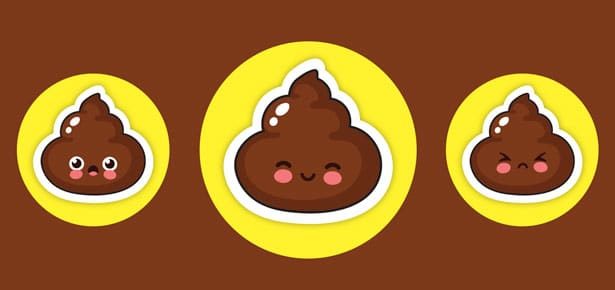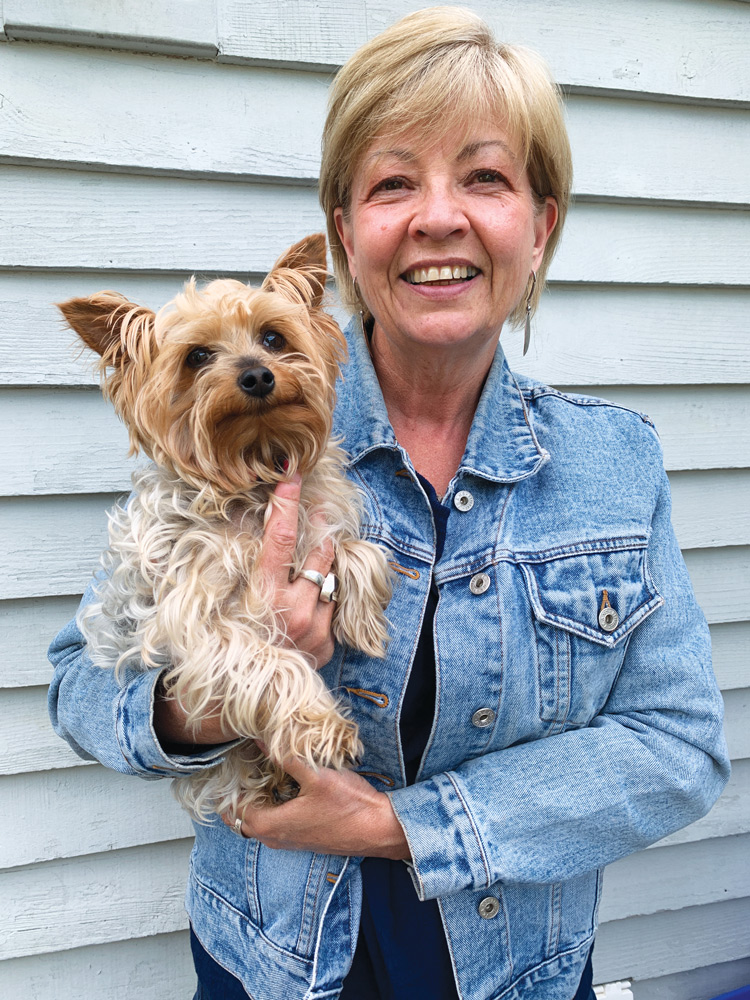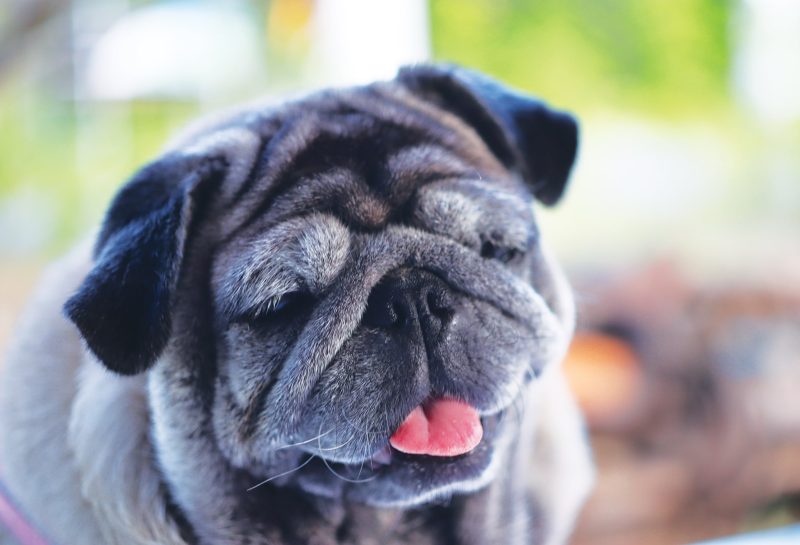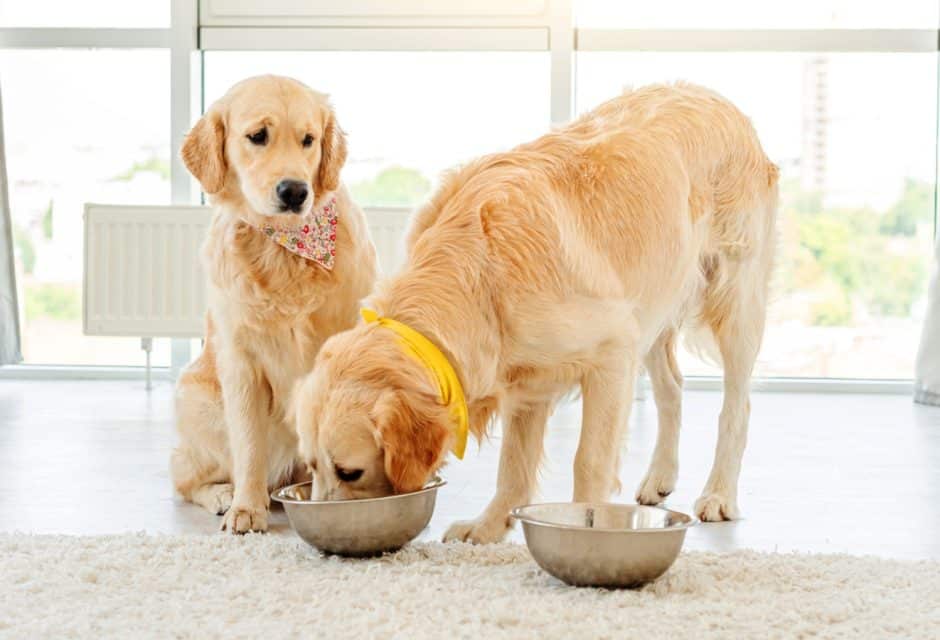

50 Shades of Brown: A Comprehensive Guide to Dog Poop
What your dog’s poop tells you about their health
Let’s Talk Poop
It may not make for good conversation around the dinner table, but knowing about dog poop is an important way to keep your pup healthy. An obvious indicator of your dog’s overall health, poop packs important information.
Knowing what’s normal and what’s not, along with what is potentially indicative of a serious problem lets you recognize and isolate what might be the cause of any abnormalities and get help when needed. If your dog tends toward “garbage gut” and eats outdoor “snacks,” a few bouts of diarrhea may be the outcome and nothing more. Or maybe he had a change in diet or experienced stress—both can cause different eliminations, but thankfully generally last only a few days. Some situations, however, warrant a visit to the vet. Variations in stool for any length of time can indicate a problem.
Dog Poop Guide
“When we see a dog with poop problems, their owner often struggles to talk about it, so we use an illustrated fecal scale they can point at,” says Dr. Joerg Steiner, the Small Animal Specialty President for the American College of Veterinary Internal Medicine. Dr. Steiner and many other vets rely on the Purina fecal scoring chart as a visual aid, which you can find online.
The consistency of healthy stool can be scored on the scale from 1 to 7, according to Purina’s guide. Healthy stool scores 2, while hard and dry “pebble-like” stool (typically a sign of constipation) is scored with 1. Moist, mushy or liquid stool scores from 3 to 7.
Parasites
Seeing worms or eggs in your pet’s stool tops the “ick” factor. A host of pesky parasites—including tapeworms—can live in their intestines. Veterinarians recommend that dogs and cats get dewormed regularly because canines can carry worms inside them for some time without showing any signs of infection. “I recommend having a stool exam included with your dog’s yearly check-up because parasites are everywhere,” says Dr. Steiner. Pets with a severe tapeworm infection may show signs of gastrointestinal upset like diarrhea or abdominal pain.
Diarrhea
From soft-formed stool to liquid brown, with or without streaks of blood, diarrhea is generally not life-threatening if your dog’s stool returns to normal within a few days. If your dog’s behavior hasn’t changed (lethargy is a symptom) and she is eating and drinking and not vomiting, a home remedy is advised (see below). If the diarrhea is bloody and watery, urgent attention is needed—this condition usually indicates canine hemorrhagic gastroenteritis, or HGE. It looks like raspberry jam without the seeds.
Home Remedies
A bland diet for a few days is usually just the ticket, but some vets advise adding probiotics and/or slippery elm, one of the safest herbs commonly given to dogs. If it doesn’t improve within a few days or contains a lot of blood, an antibiotic prescription may be required. One mistake is to withhold food. Give your dog frequent, small feedings of a bland protein (boiled chicken breast, ground meat or tofu) combined with cooked white rice or pasta, scrambled eggs or low-fat cottage cheese. Top off each meal with a drizzle of plain yoghurt. And lots of fresh water.
Your vet can recommend the best probiotic—there are so many to choose from that it’s mind-boggling. Slippery Elm, available in powdered form at health food stores and mixed with water, coats the stomach and intestines and relieves inflammation. Use 1/4 teaspoon per 10 pounds body weight, mixed with enough water to form a gruel-like consistency. It’s mucilaginous so it soothes and lubricates the mucous membranes lining the digestive tract, relieving inflammation. Plus, its high fibre content helps get intestinal action back to normal. Think of it as a natural Pepto-Bismol. (Use Pepto-Bismol itself with caution; it contains salicylate, a.k.a. aspirin.)
Colitis

“Even though Frankie weighs six pounds, she always keeps up with me but on our last long hike she was lagging behind, squatting more than walking,” says Karen. “When we got home she didn’t move from her bed and I got her in to the veterinarian next morning. Frankie was diagnosed with colitis so she was prescribed one week of antibiotics and probiotics to sprinkle on white rice and plain chicken breast (nothing else) for at least seven days.”
Colitis, an inflammation of the large intestine or colon, is a term commonly used to describe diarrhea or loose stools associated with the large bowel. Most dogs suffering with colitis will have a sense of urgency and defecate often.
“Acute Colitis—the kind that comes on suddenly with diarrhea—is a common problem we see in general practice,” says Dr. Brianne Hagerty with the James Bay Veterinarian Clinic, Victoria, B.C. “It primarily occurs from picking up something on the sidewalk or a scrap from the dining room table. Spoilt food can carry underlying parasites, Giardia or more traditional bacterial forms similar to humans, like salmonella or e-coli.”
“Chronic colitis cases like Irritable Bowel Syndrome (IBS) or dealing with food allergies are more problematic,” adds Dr. Hagerty. “Just like humans, we are seeing more cases of canine allergies and food sensitivities, partially because we are more aware of our pet’s needs. Fortunately, there are more tools to get them on healthy diets, and food-related issues are easier to deal with. Some chronic bowel problems, however, can be most frustrating for the patient, owner, and vet. It can lead to lymphoma and more sinister diseases.”
Dr. Hagerty continues, “Then there are bigger and scarier causes such as the highly contagious and deadly Canine parvovirus, which can be prevented by vaccine. It is spread by direct or indirect contact with feces.”
How to Prevent Poop Problems
“Be aware of what you feed your dog, including table scraps and treats,” says Dr. Hagerty. “ While we can eat sushi one day and pizza the next, dogs don’t want that: variety can upset their gut biome. Our canines aren’t like us—they are creatures of routine and habit, so find a good quality brand and stick to it. And if you do switch, a slow transition is important: start with 90 percent old food and 10 percent new food and make the change over at least a week. “
Dr. Steiner concurs. “I would stay with the same brand if your dog tolerates and eats it well.”
As for gut health-promoting ingredients, “Some companies put probiotics in their food but they are often unstable so your dog likely won’t benefit. Rather, buy a stable probiotic supplement that is temperature-, light- and storage- controlled,” adds Dr. Hagerty.
The number one thing is to know what is normal and what is not for your fur baby. “Gaining or losing weight is not normal, just like in people. Use your vet as a resource for nutrition: most of us are comfy recommending appropriate food,” says Dr. Steiner.
Fortunately, Frankie slowly improved. Karen diligently checked her poop and gradually re-introduced her usual diet by adding a little more each day with the chicken and rice. “But as per Dr. Hagerty’s instructions, I only give her water and a few tablespoons of canned, organic (no sugar) pumpkin if the diarrhea comes back—she’s not out of the woods yet.”
Karen was guilt-ridden when she discovered Frankie’s treats could have contributed to colitis. Even a bit of popcorn, scarfing down some chips someone had chucked on the ground (please people!) at the off-leash park could lead to inflammation. “I figure this will be Frankie’s forever diet, and she can no longer eat what I eat,” adds Karen. “That’s worrisome too because Frankie is my baby and she misses her treats, but we have to get over it…”
DOG POOP GUIDE
Illustrations courtesy of Purina’s handy “All About Dog Poop” guide
Color and Consistency
Normal stool is any shade of brown with a firm consistency like play dough.
Yellowish-orange colour with pasty consistency might mean the development of liver disease or biliary issues.
Grey and greasy could indicate inadequate digestion and pancreatic problems or biliary issues.
Green stool could be excessive grass consumed, or gall bladder issue. Or it could be caused by undigested rat bait.
Black, tarry stool usually indicates bleeding somewhere in the stomach or small intestine and requires an immediate trip to the vet.
Streaks of red blood and/or mucus mixed with normal stool are typically caused by inflammation of the large intestine. Check your dog's anus for cuts. It doesn’t necessarily warrant an emergency, but if it persists, see your vet.
White Spots that look like rice grains may be a sign of tapeworms.
Perfect and problem poop
Healthy stool is log-shaped, moist, and holds shape when picked up.
Consistency: Soft and mushy could indicate bacterial infection, intestinal parasites or food intolerance.
Pebble-like shape usually indicates constipation/dehydration.
Content: Mucus in his poop? Could be an indication of an inflamed colon. Excessive grass? Could indicate that he's stressed or has gastric upset. If your dog has a dermatological problem and he's losing hair or licking a lot, expect to see increased hair in his stool. Small white bits? Your dog may have worms—time to visit the veterinarian!
Join the newsletter and never miss out on dog content again!
"*" indicates required fields
By clicking the arrow, you agree to our web Terms of Use and Privacy & Cookie Policy. Easy unsubscribe links are provided in every email.





